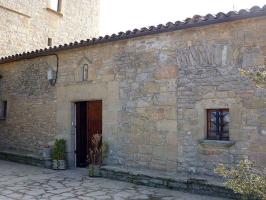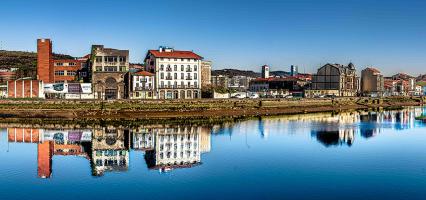Thessaloniki gets ready for its metro launch in November
The underground rapid transit lines have been under construction for almost two decades due to various project delays
 TheMayor.EU logo
TheMayor.EU logo This applies to regions, which are yellow-coded in the country’s system
Infection rates are going down in most of Italy, so the authorities have decided to start easing certain restriction as of today 26 April. This, however, will only apply to the yellow regions (which are the majority) in the country’s tiered system that shows the Covid severity in different parts.
Five regions still remain under ‘orange’ zone rules (these are Basilicata, Calabria, Puglia, Sicily and Valle d’Aosta) and one is in the red zone (Sardinia), so people living in these will not see any easing of restrictions.
All the rest of Italy, which basically the central and northern parts of the country, can start looking forward to a return of some degree of normality in their lives, even if the 10pm-5am curfew will remain in place for the whole country.
Restaurants, bars, cafes and gelaterias will be open for customers, and not only for takeaways, as it was until now. However, they will only be able to welcome customers if they provide outdoor sitting places and close by 10 pm because of the curfew.
Schools and universities will resume in-person teaching, and in this case, this change will also affect orange-coded regions.
Outdoor sports can take place freely and non-essential shops can also stay open. Cinema and theatres can operate at a 50% capacity, however, if their shows and performances take place outdoors then no such limit will be applied.
People can also now travel freely between yellow zones, even for non-essential purposes and provided they do it outside of curfew hours. As for red and orange zones, it will be possible to travel to and from them if using the new travel pass that is yet to be introduced by the government.
There is more optimism to be had in the near future, as beaches and swimming pools are expected to reopen in mid-May and fitness centres on 1 June.

The underground rapid transit lines have been under construction for almost two decades due to various project delays

Now you can get your wine in Talence by paying directly in Bitcoin

That’s because the state has to spend money on updating the railway infrastructure rather than subsidizing the cost of the popular pass

Rethinking renewable energy sources for the urban landscape

The examples, compiled by Beyond Fossil Fuels, can inform and inspire communities and entrepreneurs that still feel trepidation at the prospect of energy transition

Now you can get your wine in Talence by paying directly in Bitcoin

The 10th European Conference on Sustainable Cities and Towns (ESCT) sets the stage for stronger cooperation between the EU, national and local level to fast track Europe's transition to climate neutrality.

At least, that’s the promise made by the mayor of Paris, Anne Hidalgo

The underground rapid transit lines have been under construction for almost two decades due to various project delays

At least, that’s the promise made by the mayor of Paris, Anne Hidalgo

Hostal de Pinós is located in the geographical centre of the autonomous region

Despite its church-y name, the district has long been known as the hangout spot for the artsy crowds

Urban dwellers across the EU are having a say in making their surroundings friendlier to people and the environment.

Forests in the EU can help green the European construction industry and bolster a continent-wide push for architectural improvements.

Apply by 10 November and do your part for the transformation of European public spaces

An interview with the Mayor of a Polish city that seeks to reinvent itself

An interview with the newly elected ICLEI President and Mayor of Malmö

A conversation with the Mayor of Lisbon about the spirit and dimensions of innovation present in the Portuguese capital














